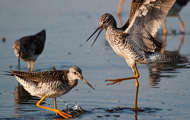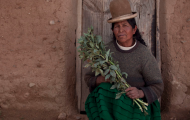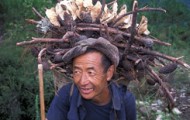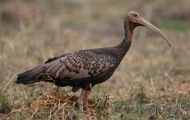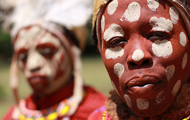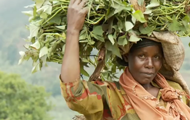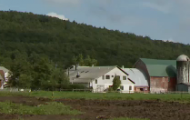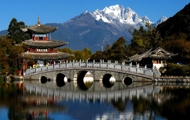Farming for Wildlife in Skagit County, Washington
Balancing the needs for agriculture and threatened wildlife is a complex issue that many rural communities now face. Conservationists and farmers have often found themselves at opposite sides of a ...
Water and Climate Change in the Andes
In many parts of the world temperatures are rising and droughts are becoming more severe. These phenomena have been linked to human-caused climate change. The Bolivian Andes are on the ...
The Death of Ecotourism in Jisha, China
Ecotourism has been touted as one of the most promising mechanisms to protect natural areas while producing income for local people. This was not the case in Jisha, China. This ...
Saving the Giant Ibis in Cambodia
In 2001 one of the rarest birds in SE Asia, the Giant Ibis, was photographed by a camera trap in Cambodia. Its existence had not been confirmed in over 50 ...
Building Local Food Systems and Assessing Landscape Outcomes in Ithaca, NY
Proponents of the local foods movement argue that major environmental benefits can be generated through sourcing foods locally. But two key question remain. Can we know what the environmental benefits ...
Capturing New Market Opportunities for Farmers in the Kijabe Landscape of Kenya
Sandwiched between wildlife parks rich with internationally awe-inspiring animals, and the Great Rift Valley where some the oldest human remains have been found, the agricultural landscapes of central Kenya’s Kikuyu ...
Payments for Ecosystem Services (PES) in the Kanyabaha-Rushebeya landscape
Kanyabaha-Rushebeya in Uganda is one of the most densely populated regions in Africa. Of the hundreds of wetlands that used to exist here, only one remains. The wetland is an ...
Farmscape Ecology at Hawthorne Valley Farm
Agriculture and biodiversity are often pitted against each other as working towards opposite ends. Farmscape Ecology has been presented as a way to bring these two normally opposing forces together ...
Human-Wildlife Conflicts in Bhutan
The Kingdom of Bhutan is located between India and China in South Asia. Bhutan is one of the most isolated and least developed countries in the world. Foreign influences are ...
PES in Lijiang, China
The city of Lijian, in southwestern China near the border of Tibet, has become an incredibly popular tourist destination with over 20,000 tourists per day. However, the growth in tourism ...
